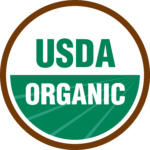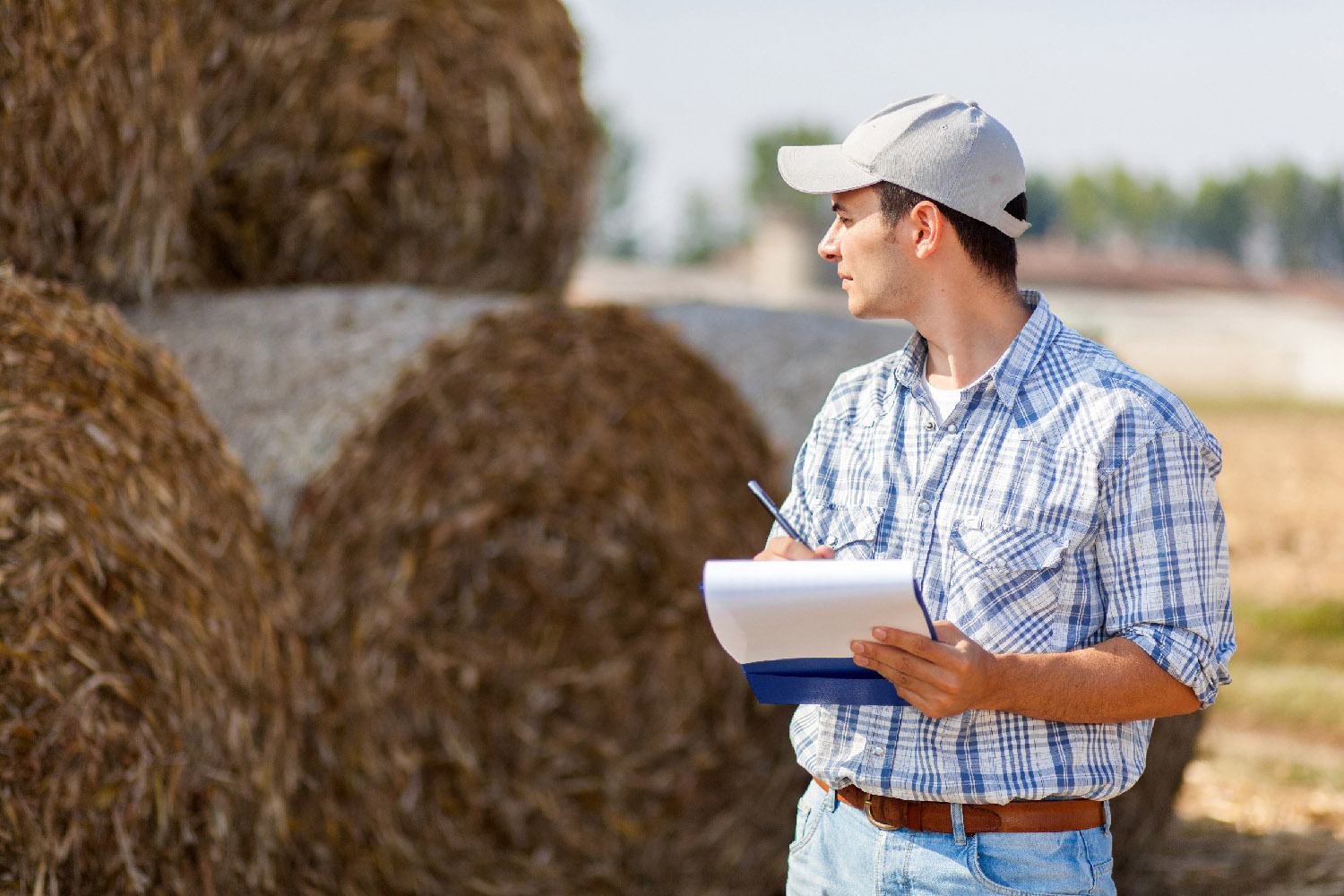3 Organic and alternative certification
How can you recognize organic and raised products? Due to the great variety of options and varying levels of oversight, it’s not as easy as one might think! Some programs have certification through third-party certifiers (e.g., certified organic, American Grassfed Association (AGA)), and some programs combine organic or alternative claims and welfare claims. (e.g., Global Animal Partnership (GAP)), and some make label claims with no mention of “certification” (e.g., natural, free-range, sustainable, etc.).
Certification implies that someone, either a 3rd party with no affiliation to the company/product or someone within the company, is overseeing the practices and ensuring compliance with the rules laid out by the organization. We’ll provide more information on these options in the following section, starting with 3rd party certification programs.
USDA organic certification
 USDA organic certification is accomplished through an independent 3rd party certification process. Certifying agents are accredited by the USDA and ensure USDA organic products meet all organic standards. Most USDA-accredited certifying agencies are allowed to certify farms and businesses anywhere in the world. Farmers, ranchers, and processors may work with any USDA-accredited certifying agency.
USDA organic certification is accomplished through an independent 3rd party certification process. Certifying agents are accredited by the USDA and ensure USDA organic products meet all organic standards. Most USDA-accredited certifying agencies are allowed to certify farms and businesses anywhere in the world. Farmers, ranchers, and processors may work with any USDA-accredited certifying agency.
To become a USDA certified organic producer:
- Submit an application and an Organic System Plan (OSP) detailing how the operation will comply with the regulations.
- Have an inspection. If the plan looks compliant, the certification agency will send an inspector to verify that the farm’s practices match the plan. The organic inspector will review all records and the organic system plan, visit every field, and look at the equipment, storage, and livestock facilities.
- After visiting the farm, the inspector will submit a report verifying that the producer follows the plan to the certification agency. The agency may call or write with requests for information.
- The certifying agency will send a determination letter to the farmer. If approved, the operation is issued an Organic Certificate.
- Producers can then apply for available certification cost-share rebates.
Annual review, record keeping, and inspection are required to maintain organic status. More information can be found here: Guidebook for Organic Certification-Marbleseed.
The cost of USDA organic certification varies widely and depends on several factors, including the certifying agency, the size and scope of the operation, and the state in which the farm or ranch is located. Processing facilities are also required to be certified.
The USDA makes an exception from certification for farmers who sell less than $5,000 a year in organic foods. These producers must follow the guidelines for organic food production, but they do not have to go through the certification process. They can label their products as organic, but they may not use the official USDA Organic seal. These products cannot go into processed products (i.e., growing strawberries for USDA certified organic strawberry jam).
Animal products originating outside of the U.S. can be sold in the U.S. as certified organic if they are certified organic by USDA organic regulations or an authorized international standard and have trade agreements with the US. Currently, the U.S. has organic trade agreements with Canada, the European Union, Japan, the Republic of Korea, and Switzerland. More information on imported organic products can be found in the USDA factsheet: Importing Organic Products into the US.

American Grassfed Association (AGA)
 Another 3rd-party certification program is available and administered by the American Grassfed Association for beef cattle, dairy, and swine. The program’s standards require continuous access to pasture and a diet of 100 percent forage. Confinement to feedlots and the use of hormones and antibiotics are prohibited. Ill or injured animals are treated but must be taken out of the program. Independent -approved inspectors conduct farm/ranch inspections. Dairy inspectors must complete an online course offered by the International Organic Inspectors Association (IOIA).
Another 3rd-party certification program is available and administered by the American Grassfed Association for beef cattle, dairy, and swine. The program’s standards require continuous access to pasture and a diet of 100 percent forage. Confinement to feedlots and the use of hormones and antibiotics are prohibited. Ill or injured animals are treated but must be taken out of the program. Independent -approved inspectors conduct farm/ranch inspections. Dairy inspectors must complete an online course offered by the International Organic Inspectors Association (IOIA).
Additionally, any veterinarian with a practice that includes the inspected species may become an AGA inspector. Once inspections are completed, the report is submitted to the certification committee. There is an annual fee for producers, and re-inspection occurs every 12-15 months. Only American-raised animals can be certified by the AGA.
Alternative livestock certification programs that include humane practices
This description includes livestock producers who may not use antibiotics, , or pesticides but are not certified organic. It may also include animal welfare-related designations and certifications. This group of producers is much harder to define, measure, understand, and compare. Some examples include (), Whole Foods’ humane labeling program, American Humane Certified, Animal Welfare Approved, and Certified Humane. For producers desiring to become certified by these organizations, etc., there is clearly a place for animal health professionals to contribute/consult/advise to help these producers accomplish their certification goals.
Non-certified labels/claims
For a product to carry the organic label, the production process must be certified organic from start to finish to ensure that organic requirements are met. However, companies put many other labels or claims on their food for marketing purposes unrelated to any certification program. Meat, eggs, and milk products can also be labeled as grass-fed, 100% grass-fed, all-natural, natural, 100% natural, ethically raised, free-range, pasture-raised, certified humane, raised without antibiotics, or raised without pesticides or raised without added hormones or as non-. There is a dizzying array of designations that independent verification does not substantiate.
when a non-mainstream approach is used in place of conventional medicine
United States Department of Agriculture
American Grassfed Association
Global Animal Partnership
Genetically Modified Organism

 The cost of USDA organic certification varies widely and depends on several factors, including the certifying agency, the size and scope of the operation, and the state in which the farm or ranch is located. Processing facilities are also required to be certified.
The cost of USDA organic certification varies widely and depends on several factors, including the certifying agency, the size and scope of the operation, and the state in which the farm or ranch is located. Processing facilities are also required to be certified.